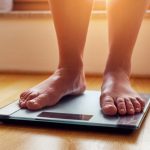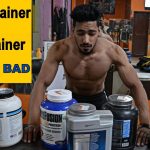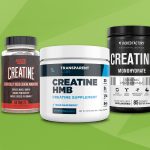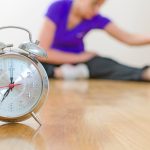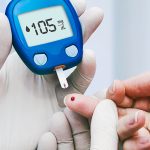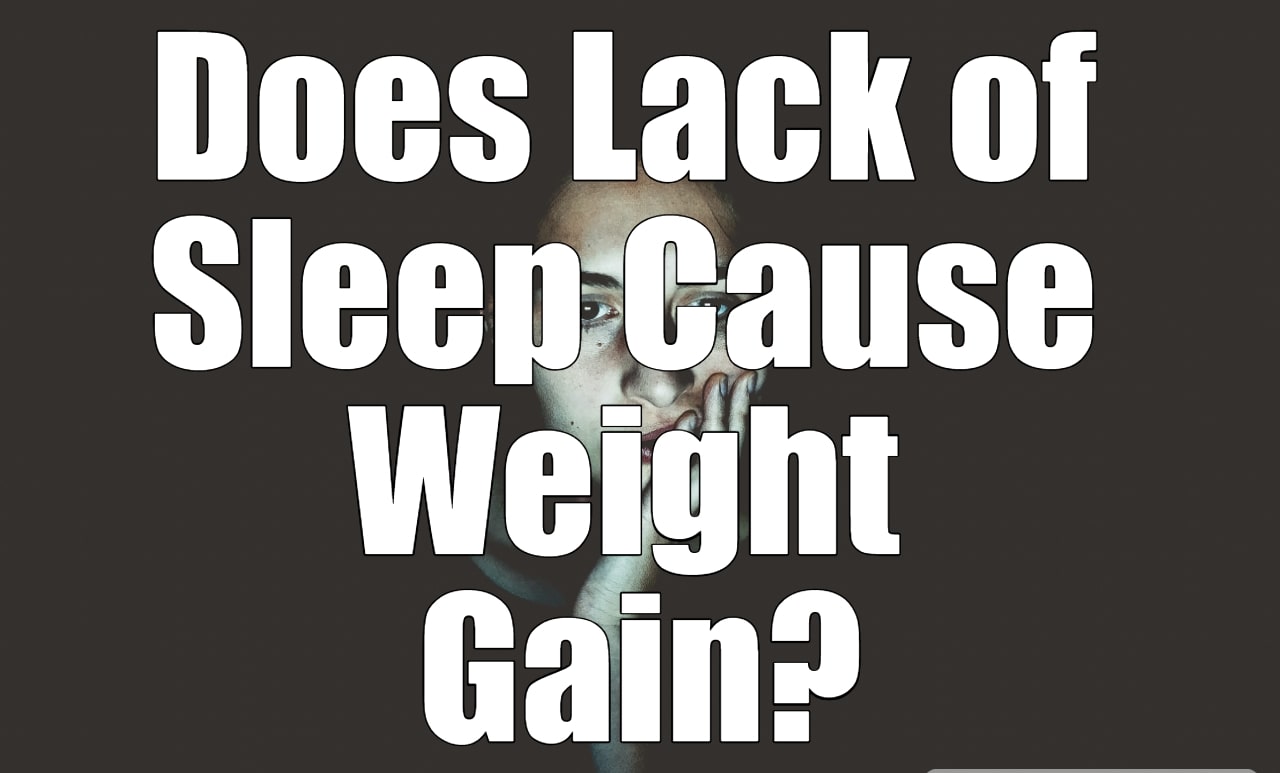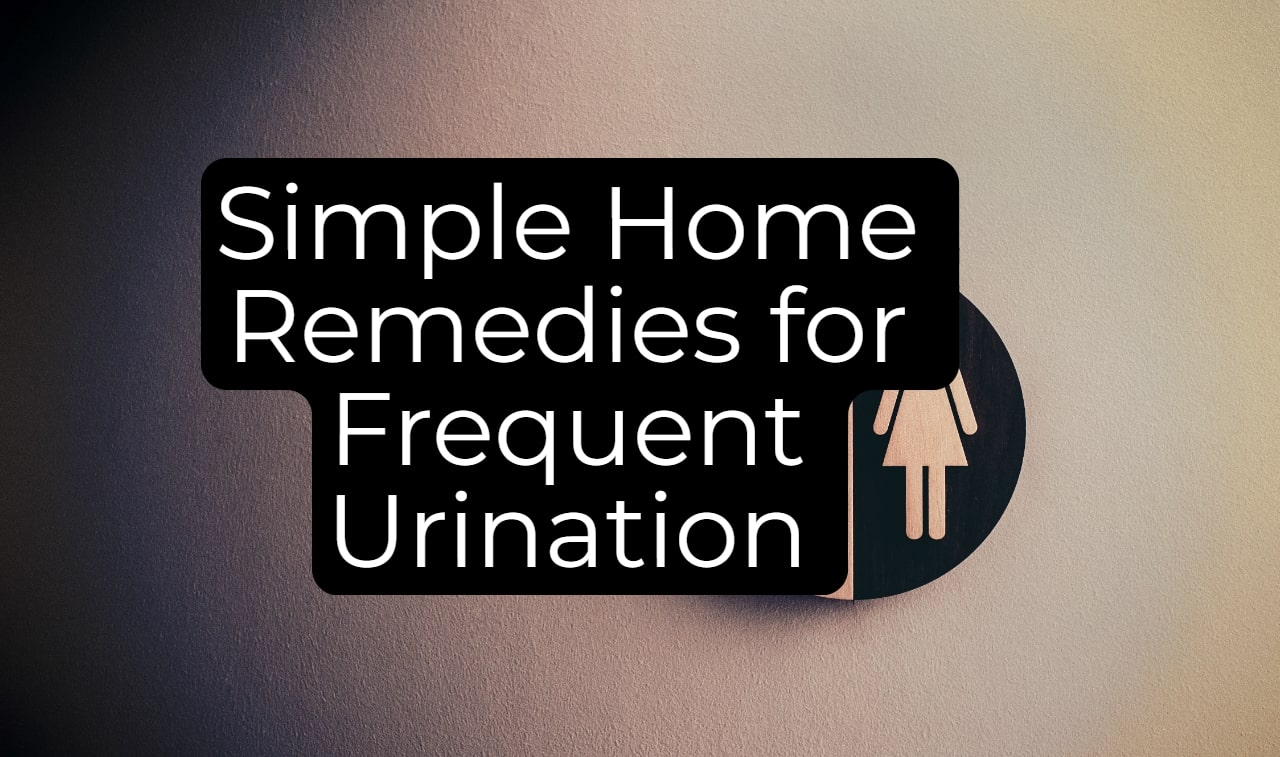Recognizing the heat exhaustion symptoms is crucial for timely intervention and preventing more serious heat-related illnesses. As body temperature rises, swift action can reverse the effects before they escalate into a life-threatening emergency.
What are Heat-Related Illnesses?
Heat-related illnesses are medical conditions that result from the body’s inability to cope with heat. They range from mild conditions like heat cramps to more severe forms such as heat exhaustion and heat stroke. These conditions occur when the body overheats due to high temperatures, especially when combined with high humidity and strenuous physical activity.
Understanding the spectrum of heat-related illnesses is essential for recognizing the warning signs and implementing the correct response. Symptoms can include anything from muscle cramps and fatigue to more severe signs like confusion and loss of consciousness.
Identifying Heat Exhaustion Symptoms
Being aware of the symptoms of heat exhaustion is key to preventing more serious health complications. Early detection and response can greatly reduce the risks associated with overheating.
Core Symptoms of Heat Exhaustion
Heat exhaustion happens when your body overheats, typically in response to prolonged exposure to high temperatures, especially in a humid environment. The core symptoms of heat exhaustion include:
- Heavy sweating and clammy skin
- Weak pulse
- Nausea or vomiting
- A feeling of faintness or dizziness
- Muscle cramps
- Tiredness or weakness
- Headache
When someone exhibits these symptoms, it’s important to move the person to a cooler place, like an air-conditioned room or a shady area. Applying wet cloths or taking a cool bath can help lower body temperature. If their condition does not improve within 30 minutes, seek medical attention immediately.
When Heat Exhaustion Symptoms Escalate to Emergency
Heat symptoms become an emergency when the body’s cooling mechanisms fail, leading to a dangerously high body temperature. Warning signs include a rapid heart rate, red and dry skin, slurred speech, and confusion. If these occur, it’s crucial to seek emergency medical help right away as they may indicate the onset of heat stroke.
Immediate Actions and Treatment
Quick action can alleviate the symptoms of heat exhaustion before they worsen.
First Aid for Heat-Related Symptoms
First aid for someone with heat-related symptoms should involve moving them to a cooler environment and applying moist skin with cool, wet cloths. If they do not show improvement, or if symptoms are severe, call for emergency medical assistance immediately.
Medical Interventions for Severe Cases
In severe cases of heat-related illnesses, medical interventions may include fluids and electrolyte replacement, and if necessary, hospitalization. Continuous monitoring and treatment are critical within the first 30 minutes of symptom onset.
Preventative Measures for Heat Illness
Prevention is key when it comes to heat-related illness; simple measures can make a significant difference.
Strategies to Prevent Overheating
To prevent overheating, wear loose, lightweight, and light-colored clothing to facilitate cooling. Find a cool spot away from direct sunlight and take frequent breaks if you must be outdoors. Always remember to wear a wide-brimmed hat and sunglasses for added protection.
During high temperatures, prioritize activities in cooler parts of the day and choose indoor exercises if possible. When outdoors, seek shade regularly and rest to avoid exertion during the hottest hours.
Adapting Exercise Routines for Safety in High Temperatures
Exercise routines need to be adapted for safety when temperatures rise. Schedule workouts during cooler times of the day and opt for swimming or other activities that help the body stay cool. Listen to your body and take breaks as needed to prevent overheating.
Hydration is vital; drink plenty of fluids before, during, and after physical activity to stay hydrated. Sports drinks can help replace electrolytes lost through sweating. Always be mindful of the heat index and reduce intensity or duration of workouts accordingly.
Risk Factors and Vulnerable Populations
Some individuals have a higher risk of heat exhaustion, including children younger than 4, the elderly, and those with chronic illnesses or who take certain medications like beta blockers. Understanding these risk factors is important for taking the necessary precautions to prevent heat-related illnesses.
Other factors such as high heat index, dehydration, and lack of acclimatization to hot weather can also increase the risk. It’s important to recognize the additional risks for those who work outdoors or in hot environments and ensure proper measures are taken to protect them.
Long-Term Management and Monitoring
Managing the risk of heat-related illness is an ongoing process. Monitoring signs of heat exhaustion and taking action at the earliest symptoms can prevent more severe complications. Regularly taking cool showers and staying in environments with air conditioning can help maintain a normal body temperature.
If symptoms worsen or do not improve with initial treatment, seek medical attention. Long-term management may involve adjusting daily routines, especially during summer months, to minimize the risk of overheating.
Frequently Asked Questions
What are the first signs of heat exhaustion?
The first signs of heat exhaustion often include heavy sweating, weakness, and a weak pulse. If you notice these symptoms, it’s important to take immediate action to cool down.
How long does it take for heat exhaustion symptoms to appear?
Symptoms of heat exhaustion can appear quickly, especially in high temperatures and during intense exercise. They may develop over several hours of exposure to heat.
What should you drink if you have heat exhaustion?
If you’re experiencing heat exhaustion, you should drink plenty of water or sports drinks to rehydrate and replace lost electrolytes. Avoid alcoholic and caffeinated beverages as they can contribute to dehydration.
Can heat exhaustion symptoms appear days later?
Typically, the symptoms of heat exhaustion develop during or soon after exposure to high temperatures. However, some symptoms like fatigue may persist for a day or two following the initial heat exposure.
Is it okay to take a cool shower if you have heat exhaustion?
Yes, taking a cool shower can be an effective way to reduce your body temperature if you are experiencing signs of heat exhaustion. It’s one of the recommended immediate treatments.
Conclusion: Staying Vigilant Against the Heat Exhaustion Symptoms
Staying vigilant against the heat involves recognizing the early symptoms of heat-related illness and taking preventive measures like staying hydrated, wearing a wide-brimmed hat, and taking breaks in air-conditioned environments or while swimming or sweating. Remember, heat exhaustion can lead to heatstroke, which is a severe medical emergency.
By understanding the causes and risk factors, as well as implementing strategies for prevention and response, we can protect ourselves and others from the dangers of extreme heat. Education and preparedness are your best defenses against heat-related illnesses.

